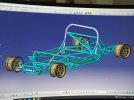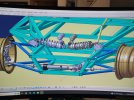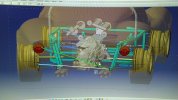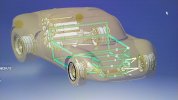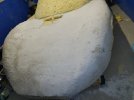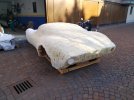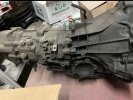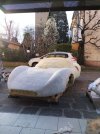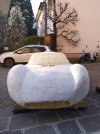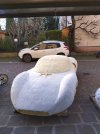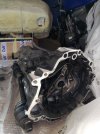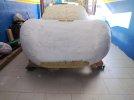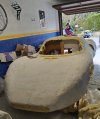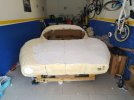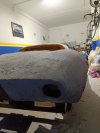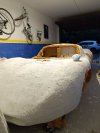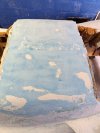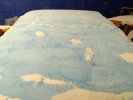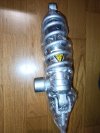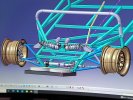Hello everyone,
My dream is to build my own car....
I would like to build a locost style chassis but designed by me, Alfa 2.0 v6 turbo engine and 33 Stradale body.
In 2020 I downloaded a cad of the body around the web, and created the sections.
In December 2022 I started the adventure....
My dream is to build my own car....
I would like to build a locost style chassis but designed by me, Alfa 2.0 v6 turbo engine and 33 Stradale body.
In 2020 I downloaded a cad of the body around the web, and created the sections.
In December 2022 I started the adventure....
Attachments
-
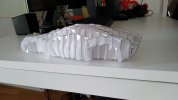 IMG_20220827_105559.jpg203.2 KB · Views: 367
IMG_20220827_105559.jpg203.2 KB · Views: 367 -
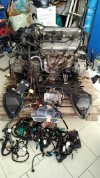 IMG_20220823_171910.jpg265.4 KB · Views: 284
IMG_20220823_171910.jpg265.4 KB · Views: 284 -
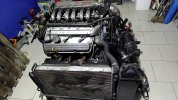 IMG_20221102_135120.jpg504.5 KB · Views: 291
IMG_20221102_135120.jpg504.5 KB · Views: 291 -
 MicrosoftTeams-image.jpg189 KB · Views: 273
MicrosoftTeams-image.jpg189 KB · Views: 273 -
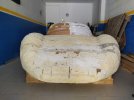 IMG_20230507_115747.jpg236.5 KB · Views: 285
IMG_20230507_115747.jpg236.5 KB · Views: 285 -
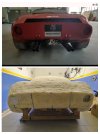 20240126_213213-COLLAGE.jpg155.4 KB · Views: 261
20240126_213213-COLLAGE.jpg155.4 KB · Views: 261 -
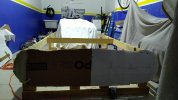 IMG_20221217_153817.jpg360.1 KB · Views: 253
IMG_20221217_153817.jpg360.1 KB · Views: 253 -
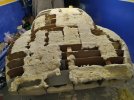 IMG_20231213_215705.jpg353.9 KB · Views: 251
IMG_20231213_215705.jpg353.9 KB · Views: 251 -
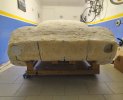 IMG_20240126_181005.jpg263.7 KB · Views: 256
IMG_20240126_181005.jpg263.7 KB · Views: 256 -
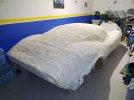 IMG_20240126_180935.jpg232.9 KB · Views: 258
IMG_20240126_180935.jpg232.9 KB · Views: 258

